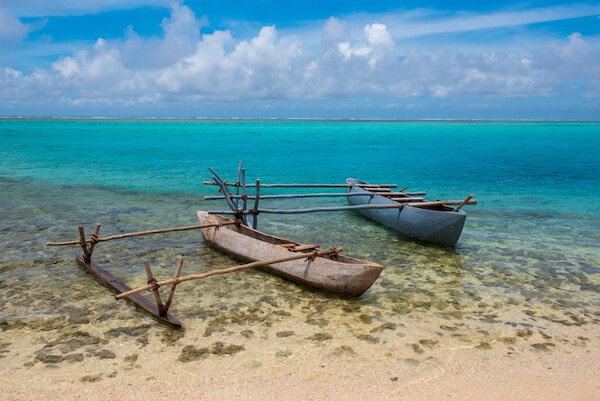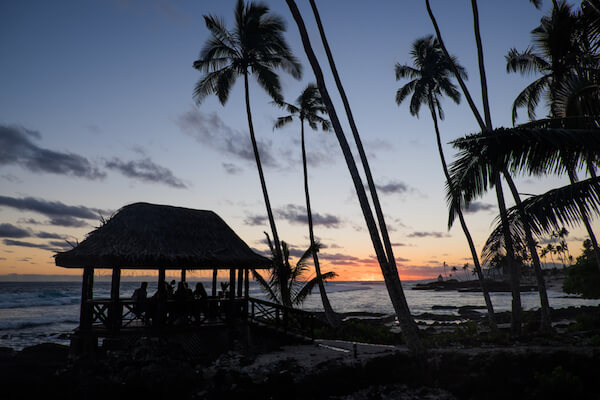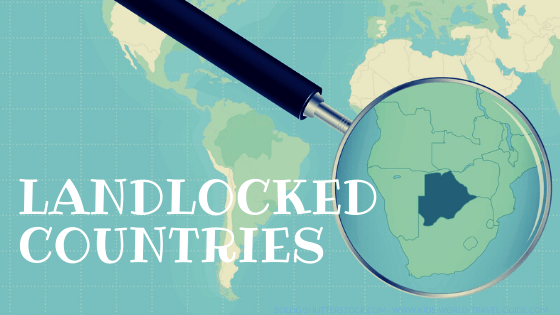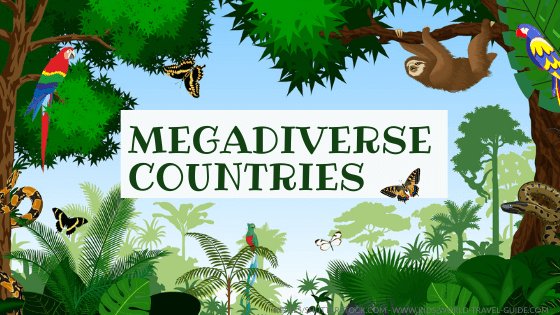- Homepage
- Australia/Oceania
- Tuvalu
Facts about Tuvalu

20 Tuvalu Facts for Kids
Here are some interesting facts about Tuvalu which were chosen and researched especially for kids.
 Tuvalu Flag
Tuvalu Flag1. Tuvalu is located in the South Pacific Ocean in Oceania about half way between Australia and Hawaii.
 Tuvalu lies halfway between Australia and Hawaii
Tuvalu lies halfway between Australia and Hawaii2. Tuvalu is an archipelago of nine islands with three reef islands and six atolls. Funafuti is the largest atoll and the capital.
 Map of Tuvalu
Map of Tuvalu3. Tuvalu is one of the smallest countries in the world and belongs to Polynesia, which is is a region in Oceania. Tuvalu is the fourth smallest country in the world and the second smallest in Oceania after Nauru.
4. Facts about Tuvalu: The capital Funafuti houses about 6000 people, which is about 60% of the population of the country.
 Tuvalu House
Tuvalu HouseFunafuti houses the government buildings. Tuvalu House with its three storeys is the largest and highest building in the country.
5. Funafuti was previously named Ellice's Island in 1819 by the British who later claimed the island as a British Protectorate.
6. Tuvalu was first inhabited by Polynesians who travelled between Samoa and Tonga as far back as in 2000 BCE. In 1568, the islands were visited by Spanish explorers. In 1978 Tuvalu became independent.
 Flying over Tuvalu
Flying over Tuvalu7. The name 'Tuvalu' comes from the two Polynesian and means 'eight standing together' as only eight of the nine islands are settled by Tuvaluans.
Facts about Tuvalu | Geography
8. The highest point in Tuvalu is only about 4.6 metres/ 15 ft high.
The islands are under sever threat to make the islands and atolls inhabitable. Climate change with global rise of the sea levels and rising temperatures are an acute risk to the country.
 Lowlying islands of Tuvalu
Lowlying islands of Tuvalu9. The climate is tropical and although tropical cyclones are rare, the country suffers from the rise of sea level due to climate change. Six of the islands have lagoons that open up to the ocean, which makes the environment very vulnerable to the sea level rise.
Facts about Tuvalu | People
10. Tuvalu is home to about 11 000 people. Most of the Tuvaluan people are of Polynesian descent.
11. About 97% of the Tuvaluans are Christians (Protestants). Tuvaluan children attend school from the age of 6 years to 15 years.
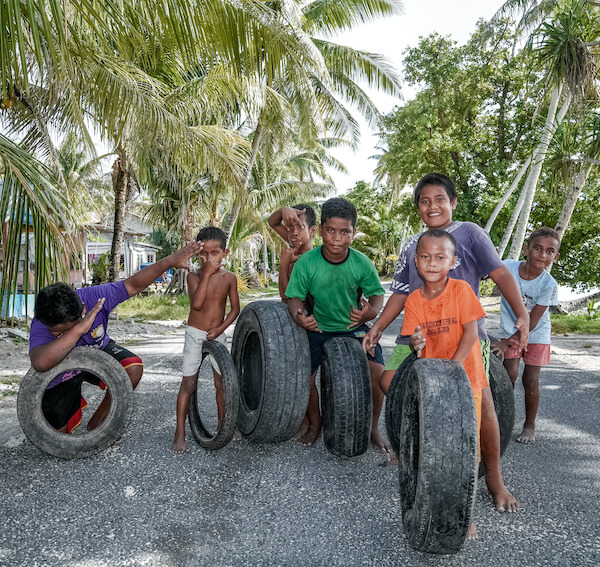 Children in Tuvalu - image by Romaine W
Children in Tuvalu - image by Romaine W12. The national languages of Tuvalu are Tuvaluan and English. Tuvaluan is a Polynesian language and only few documents exist in the language which is a minority language and threatened to become extinct.
13. The national anthem of Tuvalu is in Tuvaluan and called "Tuvalu me the Atua" which translates to "Tuvalu for the Almighty".
14. Most people on the Tuvalu islands work in the fishing industry. Fishing and government services are among the main income sources.
15. The most popular sports in Tuvalu are soccer/ football, volleyball, handball as well as the traditional sports called kilikiti, which is similar to cricket, as well as te ano, which is similar to volleyball.
Facts about Tuvalu | Economy
16. The currency of Tuvalu is called Tuvaluan dollar. However, there are no Tuvaluan banknotes, the people use the Australian dollar banknotes, but there are Tuvaluan coins.
 Tuvaluan coins
Tuvaluan coins17. The islands are very densely populated and have poor soil. Fishing is the main income source for most people and almost one third of the population live below the poverty line, that means they have less than 1.90 US dollars per day for all their living expenses.
18. China, Japan, Fiji, Thailand and Indonesia are the main trading partners of Tuvalu.
Facts about Tuvalu | Animals
19. Lizards, turtles and bats are common animals in Tuvalu.
The marine life includes orcas, whales, dolphins, octopuses and many species of fish, corals, algae and invertebrates.
 Turtle in Polynesian waters
Turtle in Polynesian watersThe Funafuti Marine Conservation Area protects the many marine and plant species living in the lagoon, reef and ocean.
Facts about Tuvalu | Food
20. Typical food in Tuvalu includes tropical fruits and vegetables such as coconut, figs and bananas on the islands. Breadfruit and taro as well as coconut and coconut milk are used in many dishes. Food is mostly steamed or cooked over fire or in an earth oven and rarely fried.
Seafood and fish is commonly eaten while pork is eaten mainly at special events and parties.
 Polynesian seafood salad
Polynesian seafood saladPulaka is a local type of root vegetable grown in the Tuvalu wetlands. Pulaka is similar to taro and toxic if eaten raw, so the 'swamp crop' is always cooked or steamed.
Facts about Tuvalu | Resources
Sources for Tuvalu Facts page:
- Central Intelligence Agency. "Tuvalu." WorldFactBook. Last updated 12 September 2022. Last accessed 23 September 2022.
- Tourism Tuvalu. "TimelessTuvalu." TimelessTuvalu. Last accessed 23 September 2022.
Image Credits on Facts about Tuvalu: photo stock from shutterstock and wikicommons, if not otherwise stated.
We hope you enjoyed reading our Tuvalu Facts. Please bookmark this page and spread the word. We will add more information in the near future.
Popular Pages
Back from Tuvalu Facts to Kids-World-Travel-Guide
Competition 2024 is open!

More about Oceania

 Pacific Ocean Facts
Pacific Ocean FactsMore about Oceania
 Pacific Ocean Facts
Pacific Ocean FactsLike what you read?

|
Simply share the html code below. Copy and paste onto your website, blog or Facebook page: <a href="https://www.kids-world-travel-guide.com/facts-about-tuvalu.html">Kids World Travel Guide: Facts about Tuvalu for Kids</a> |
Like us on Facebook
View our Pinterest boards
Competition 2024




